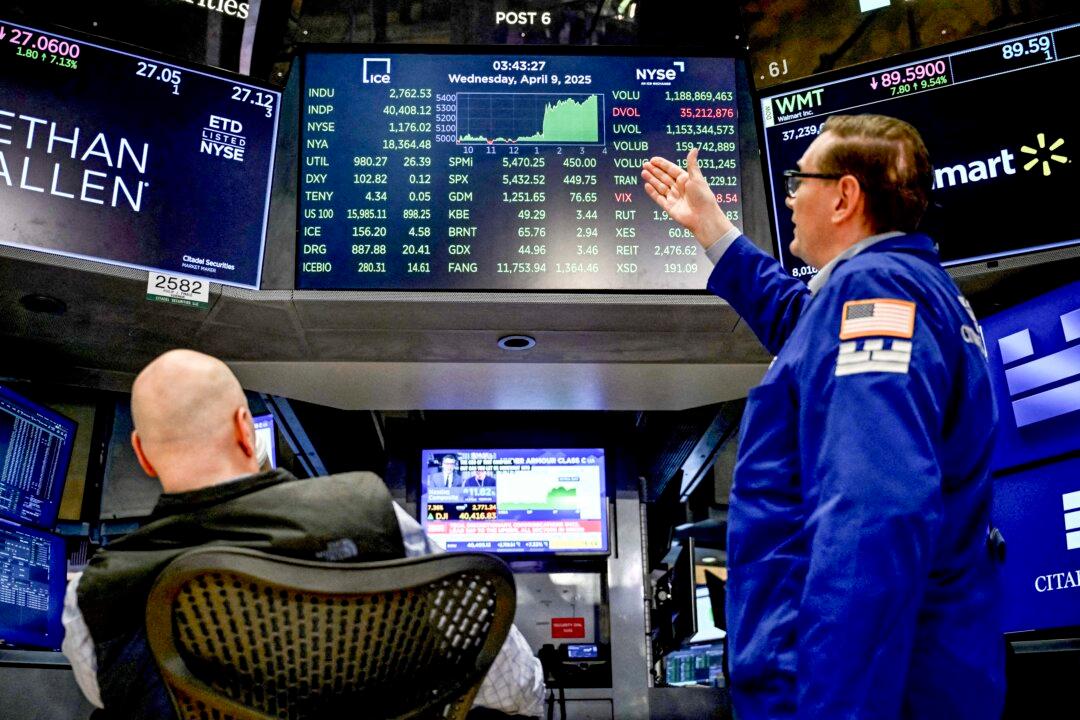Department of Commerce Secretary Gina Raimondo said in a new interview that many pre-pandemic jobs, namely in the retail and service sectors, may never come back.
On Thursday, the Department of Labor released a report that new jobless claims dropped to 364,000 for the week. However, the data revealed that nearly 3.5 million Americans were collecting state unemployment benefits.
“The real issue, I think, is that a lot of the jobs that folks lost are the kinds of jobs, let’s say, for example, in retail or services industries, that might not be coming back or might not be coming back in the same numbers,” Raimondo told CNBC on Thursday.
“And so, what that means is, we have to lean into apprenticeships and job training and up-skilling,” she added.
A June jobs report also showed that the United States added 850,000 jobs in May, which topped expectations. Analysts had reportedly anticipated 706,000 new jobs being created.
Retail added 67,000 new jobs in June, while another 194,000 new jobs came from restaurants and bars were added, according to the monthly jobs report.
President Joe Biden on Friday said the pick-up in hiring is a welcome development.
“This is historic progress, pulling our economy out of the worst crisis in 100 years, driven in part by our dramatic progress in vaccinating our nation and beating back the pandemic as well as other elements of the American Rescue Plan,” Biden said in remarks at the White House.
Manufacturing added a modest 15,000 jobs, with employment at motor vehicle assembly plants declining 12,300. A global semiconductor shortage has forced some automakers to cut production. Other manufacturing industries are also grappling with shortages of raw materials and workers.
Construction payrolls contracted for the third straight month. Though the sector remains supported by robust demand for housing, scarcity of workers and expensive raw materials like framing lumber are hampering homebuilding.
It came after economists and businesses claimed that the expanded federal unemployment benefits that were first authorized in March 2020 triggered a labor crunch. A number of GOP-led states have already ended the federal benefits program, which included a $300 weekly check from the government, as critics of the measure have argued that businesses can’t find workers to hire.
The unemployment rate rose to 5.9 percent in June from 5.8 percent in May, according to Labor Department data. The jobless rate continued to be understated by people misclassifying themselves as being “employed but absent from work.” Without this misclassification, the unemployment rate would have been 6.1 percent in June.




